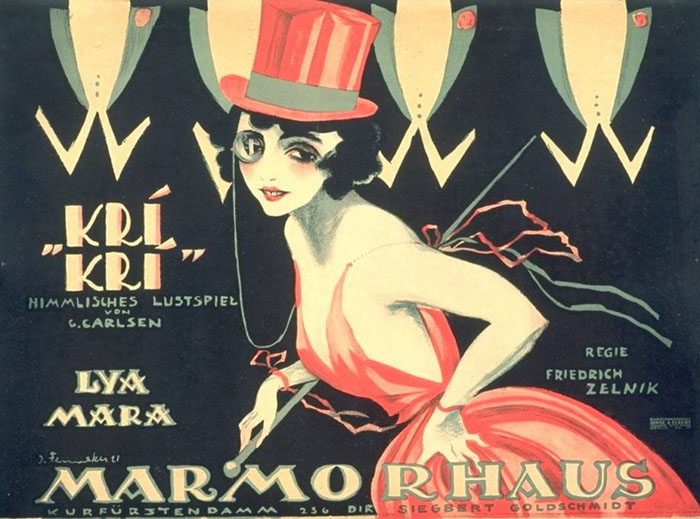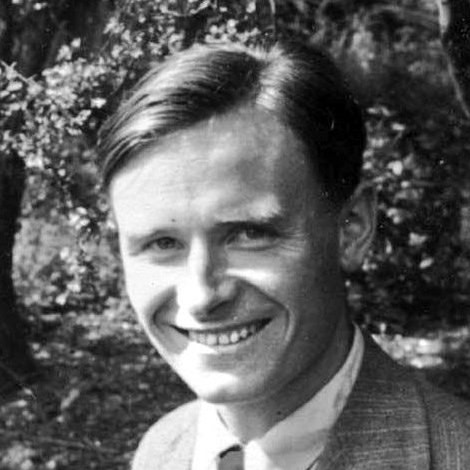

Christopher Isherwood

Christopher Isherwood was 24 years old when he first arrived in Berlin in March 1929.
Initially, it was for a week-long visit to catch-up with his old school friend WH Auden, who had been there for 8 months already. Auden had been writing to Isherwood about what he was seeing and doing in the city but Christopher’s interest had already been piqued by a stern warning from a relative.
“Christopher, you can’t find anything more nauseating than what goes on in Berlin, quite openly, every day. The people there don’t know how low they have sunk. Evil does not know itself there. That town is doomed more that sodom ever was. Honestly Christopher, you couldn’t imagine such things.”
The deal was done. After three visits in eight months, he decided to stay. He took a vacant room in an apartment attached to The Institute for Sexual Science and started writing down everything he saw. Over the course of the first year, he moved around the city staying in a variety of sordid apartments. At one point, he was living in a two-room, fifth-floor walk up with the family of a boyfriend.
In December of 1930 he moved into a room in an apartment at Nollendorfstrasse 17, in the Schöneberg district of the city. It was a move that would change his life.
He wrote every day about the tumultuous changes happening in the city around him and about the people he met.
This material eventually formed the basis for his two Berlin novels, Mr Norris Changes Trains and Goodbye To Berlin.

Goodbye To Berlin was adapted for the stage and screen in the 1950s as I Am A Camera. A further adaptation in the early 1960s saw the birth of the stage musical Cabaret and then, in 1972, the Oscar-winning film of the same name.

